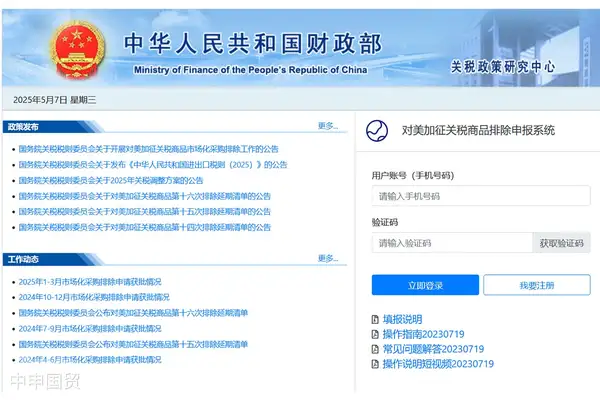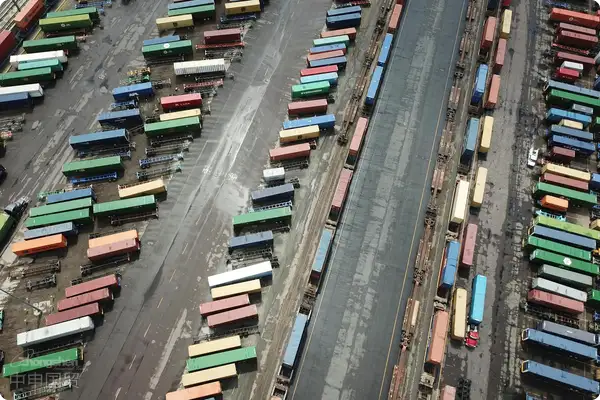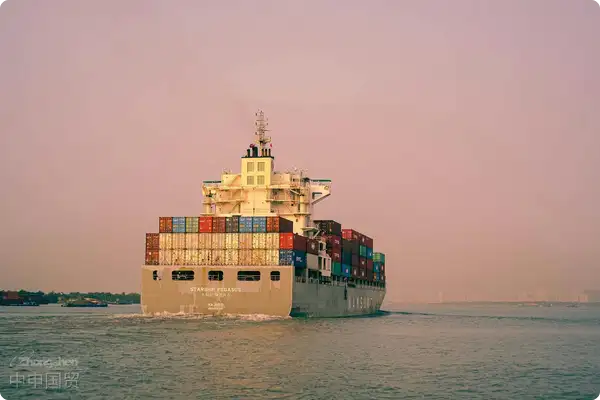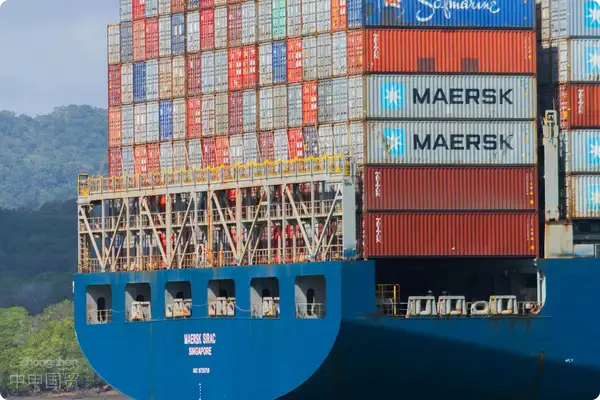- Shanghai Zhongshen International Trade Co., Ltd. - Two decades of trade agency expertise.
- Service Hotline: 139 1787 2118
According to reports from Bangladeshi media Financial Express and Daily Sun, Bangladesh, as the worlds second-largest garment exporter, is experiencing significant changes in exports. Recently, QIMA, a company serving over 30,000 global brands, released a report indicating that global brands and retailers are gradually reducing procurement from Bangladesh while increasing purchases from China. This trend was particularly evident in 2023, with Bangladeshs garment exports experiencing double-digit declines in October.
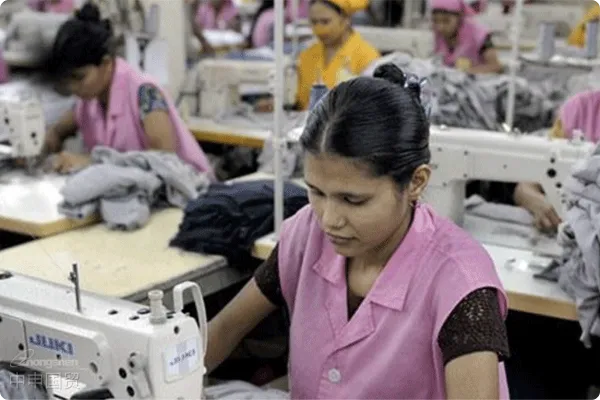
The report indicates that since 2019, Western apparel buyers inspection and audit demands in Bangladesh have shown a year-on-year decline, dropping by 10% from January to September this year. Meanwhile, related demands in China have increased by 14%. Notably, U.S. buyers appear to be significantly reducing textile and garment procurement from Bangladesh. This shift may stem from recession concerns and slowing consumer spending in Western markets, with brands and retailers likely favoring Chinas mature manufacturing system.
It is noteworthy that Bangladeshs ready-made garment exports fell by 13.93% in October 2023, dropping from $3.68 billion in the same period last year to $3.17 billion. Overall exports also decreased by 13.64% year-on-year. Faruque Hassan, President of the Bangladesh Garment Manufacturers and Exporters Association, attributed this decline to multiple factors: high inflation triggered by the Russia-Ukraine conflict, developed economies high-interest policies limiting consumer purchasing power, and the Israel-Hamas war exacerbating the crisis.
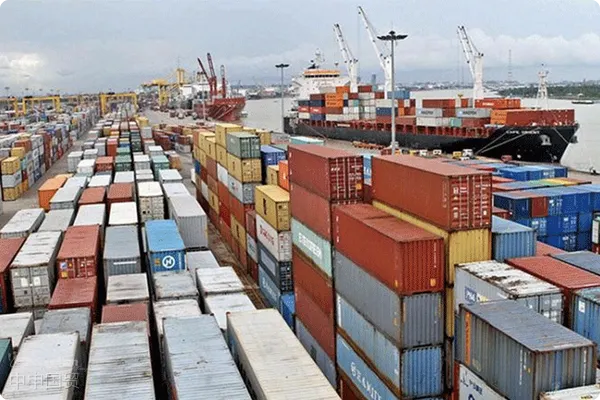
The report recommends that Bangladesh actively promote export diversification—including artificial fiber textiles, footwear, leather, home textiles, and electronics—to withstand future market shocks. Simultaneously, Bangladesh faces labor unrest over minimum wage issues, which has somewhat affected the industrys stable development.
Related Recommendations
? 2025. All Rights Reserved. Shanghai ICP No. 2023007705-2  PSB Record: Shanghai No.31011502009912
PSB Record: Shanghai No.31011502009912
